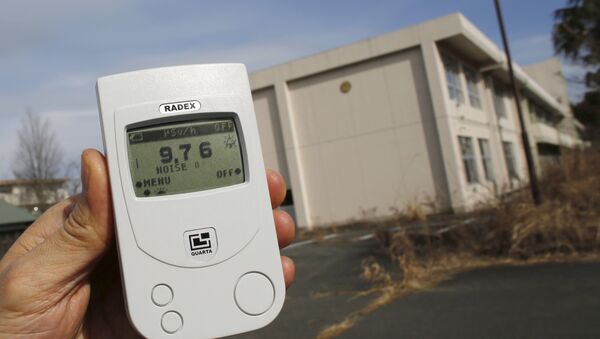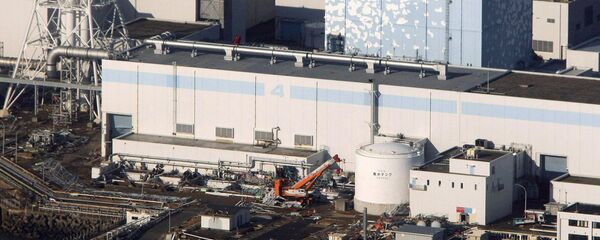The statement that the company is considering this option was made for the first time the Janapese Times (Nihon Keizai) reported.
Before the accident, Fukushima No. 1, with its six power units with a total generation capacity of 4.7GW, was considered one of the 25 largest nuclear power plants in the world. While there are only four power units at Fukushima No. 2, they were all shut down after March 2011.
According to TEPCO estimates, the closure of the Fukushima No. 2 power plant will require approximately 280 billion yen. In addition, another 22 trillion yen will go to the ongoing cleanup of the Fukushima No. 1 plant.
Japanese media have reported that the company was forced to take such a radical step because of the concerns of residents of the prefecture and the demands of local authorities. The potential dangers caused by natural disasters on the Japanese islands were also taken into consideration.
Just this week, after an earthquake in Osaka, all the nuclear power plants located in relative proximity to the epicenter were inspected.
"I think this is, first of all, a business issue. For several years the equipment at the NPP [nuclear power plant] hasn't been in use, and if it worked, it was not in the normal operational mode. To restart the power plant after so many years is troublesome and time consuming. Having estimated the technical condition and residual life of the power units, the company realized that even after restarting the nuclear power plant, in a few years the resource will need to be extended. And this is a very expensive task, requiring considerable intellectual and monetary costs. Surely they also took into account the issues of infrastructure, logistics, potential natural disasters, highly qualified personnel, etc. Like other nuclear power plants in Japan, [they] have already been tired of inspections after the Fukushima No. 1 disaster."
Mr. Rylov noted that the decommissioning of the power plant is the best option in the current situation despite the fact that dismantling the plant is also a hard process.
The No. 4 unit at the Genkai nuclear power plant in Saga Prefecture restarted operations last week after it met all the requirements imposed after the Fukushima No. 1 plant accident. It became the ninth nuclear reactor to be restarted after new tougher requirements were introduced. A demonstration was held against the resumption of operations and people demanded that the country's energy policy be changed.



